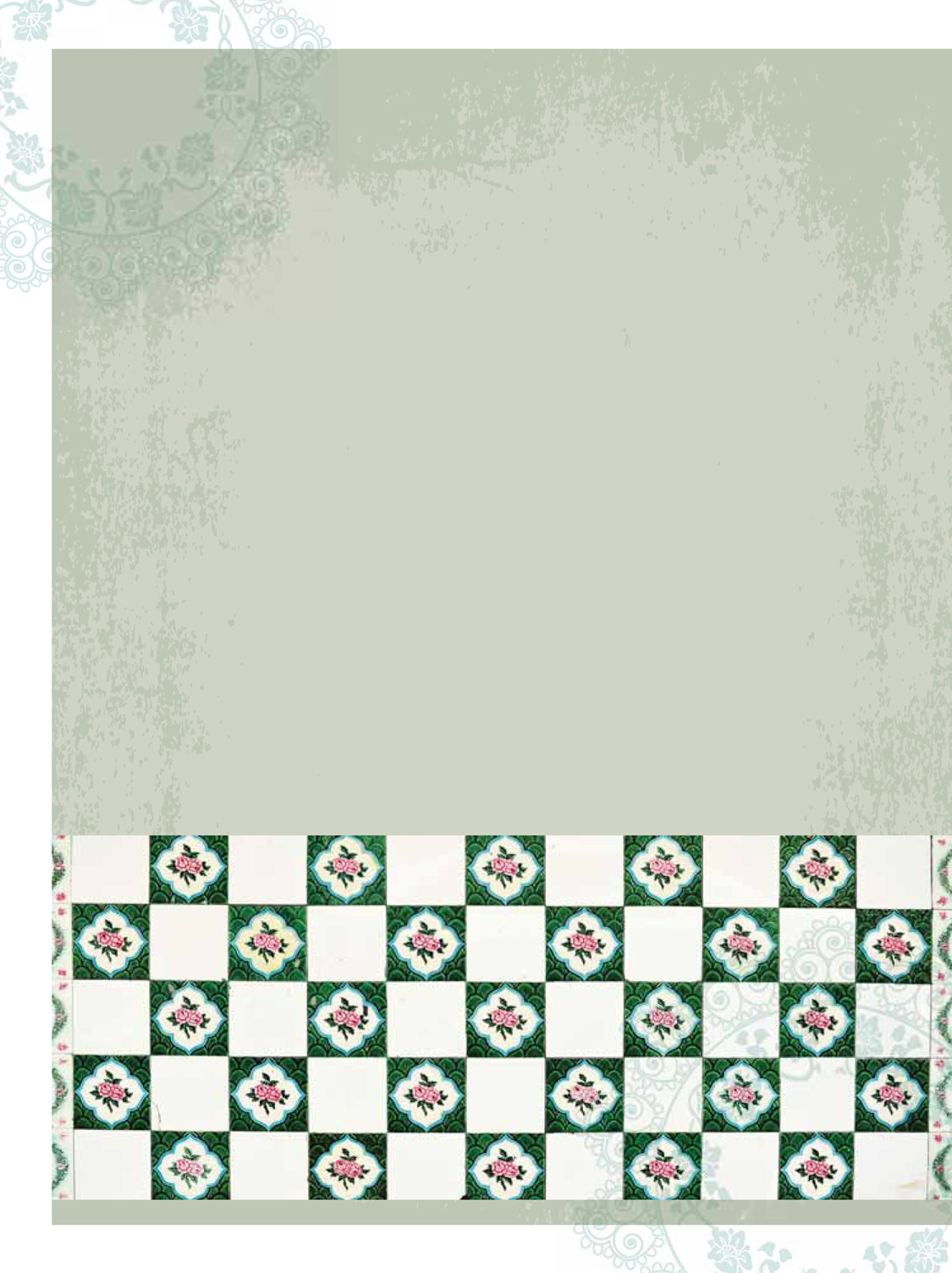FOREWORD
Perhaps nothing expresses better the soul of a community than its cooking. For the Peranakans, it is also perhaps one of the most expressive and engaging aspects of the living heritage. Many things may have been relegated to the past, but the cooking has been kept alive and continues to evolve, mainly because of the passion and dynamism of a younger generation of chefs and food writers, and naturally also because of the interest of the community and of the general public in the flavours of Peranakan food.
Peranakan cooking expresses and celebrates the exuberant hybridity that is central to Peranakan identity. Ever since the Portuguese colonial era, the southern Chinese communities in the port towns have been exposed to the lifestyles of Malays from all over the archipelago, as well as of Europeans, Indians and Arabs, and over the centuries, it was impossible for these communities not to learn about, or be influenced by, the different cooking styles and ingredients. From China came sauces, bean curds, noodles, dumplings and certain types of vegetables; from the islands came the wide range of fragrant herbs, spices and roots. From India, there was the wide range of aromatic spice blends and methods of cooking, and from Europe, there was baking and a whole range of cakes and desserts, quaint colonial and Eurasian fusion recipes and dashes of Worcester sauce too. Not surprisingly, the Baba Malay vocabulary of ingredients is peppered with words that have Arab, Portuguese, English, Dutch, Malay and Hokkien origins.
Perhaps the one characteristic of Peranakan cooking that may be called unique is the refinement of the cooking process and the almost ridiculous number of steps required to put together a dish. Some have speculated that this was a way for a manipulative household matriarch
8
PERANAKAN HERITAGE
Cooking

